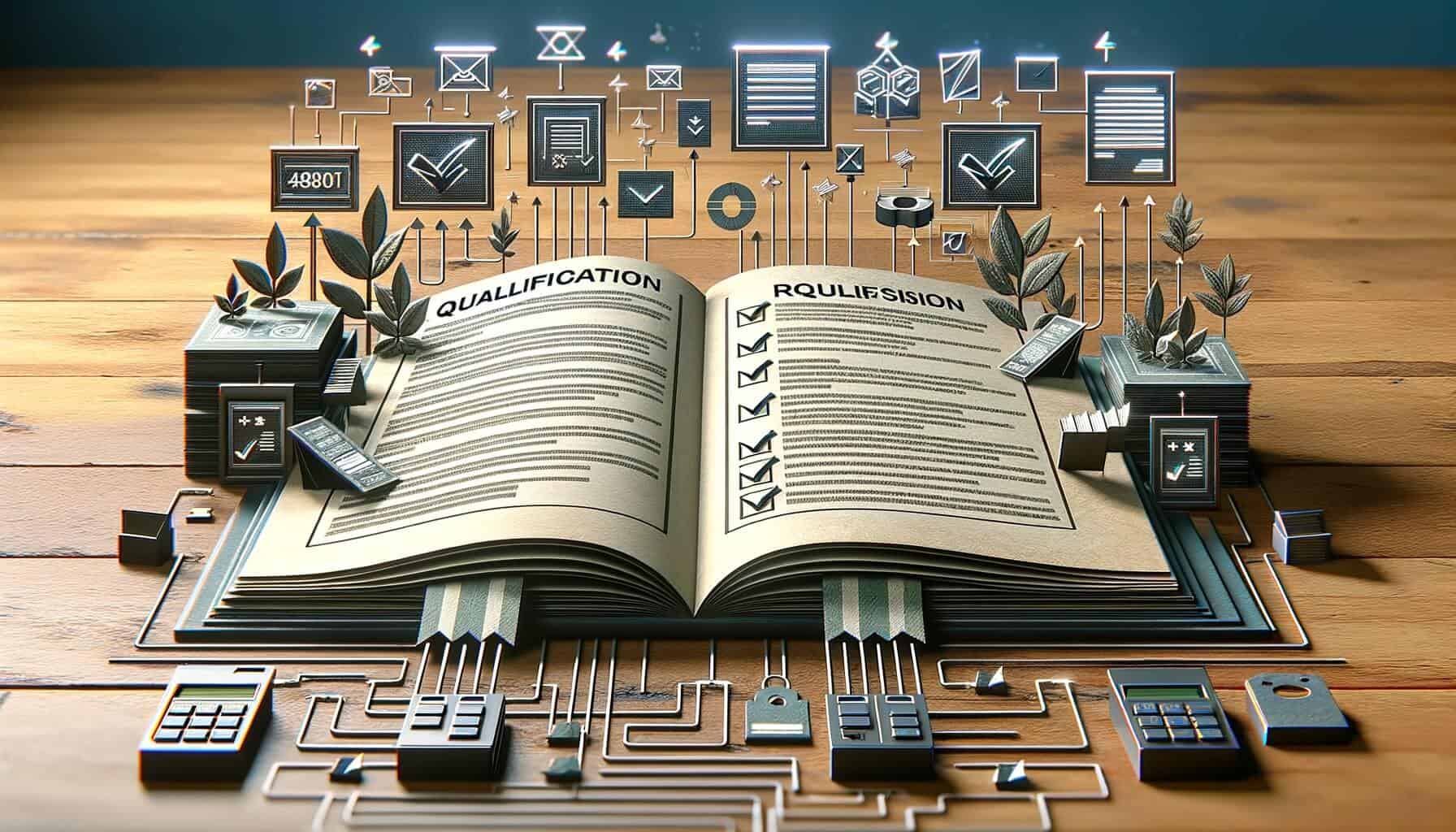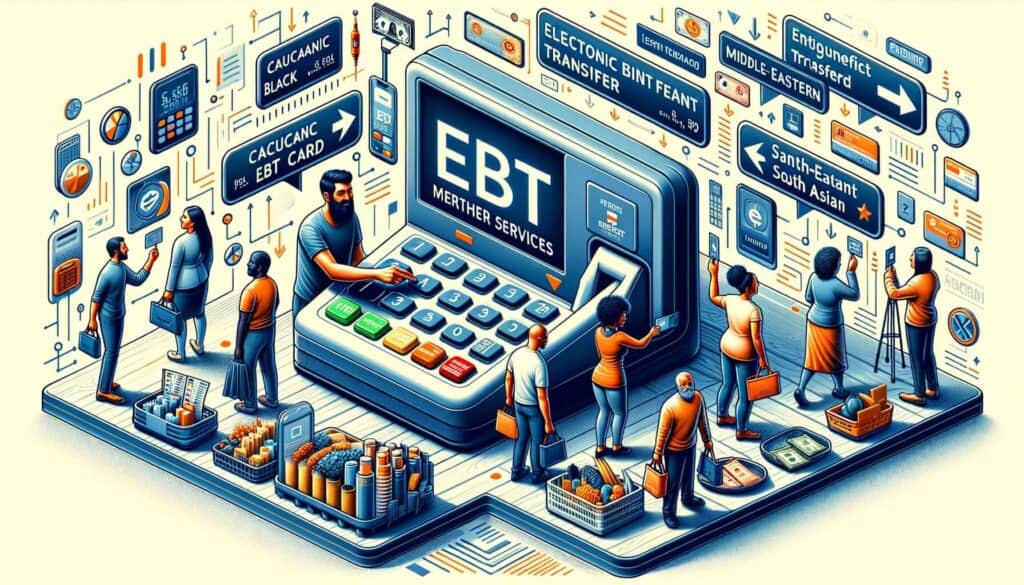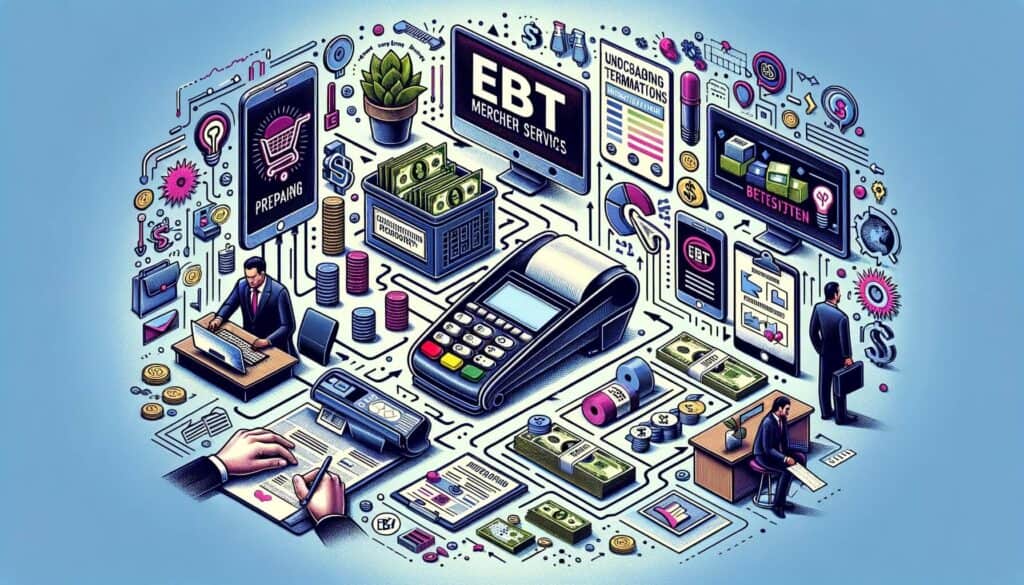
By Sharon Watson January 30, 2025
Electronic Benefit Transfer (EBT) is a system that allows recipients of government assistance programs, such as the Supplemental Nutrition Assistance Program (SNAP), to access their benefits through a debit card. EBT merchant services enable businesses to accept these cards as a form of payment, opening up a new customer base and increasing revenue opportunities.
However, qualifying for EBT merchant services can be a complex process. In this article, we will explore the eligibility criteria, step-by-step guide to applying, required documentation, tips for preparing your business, common challenges, and frequently asked questions about EBT merchant services.
Understanding the Eligibility Criteria for EBT Merchant Services

To qualify for EBT merchant services, businesses must meet certain eligibility criteria. These criteria vary depending on the state and the specific government assistance programs being accepted. Generally, businesses must be engaged in the sale of eligible food items, such as groceries or meals prepared for immediate consumption. Additionally, businesses must have a physical location and be able to provide proof of their legal status, such as a business license or tax identification number.
Step-by-Step Guide to Applying for EBT Merchant Services

Applying for EBT merchant services involves several steps. Here is a step-by-step guide to help you navigate the process:
1. Research State Requirements: Start by researching the specific requirements of your state’s EBT program. Each state may have different guidelines and application procedures.
2. Obtain a Merchant Account: To accept EBT payments, you will need a merchant account with a payment processor that offers EBT services. Research and choose a reputable payment processor that specializes in EBT transactions.
3. Complete the Application: Fill out the application provided by your chosen payment processor. Be prepared to provide detailed information about your business, including its legal structure, location, and the types of products or services you offer.
4. Gather Required Documentation: Collect all the necessary documentation to support your application. This may include business licenses, tax identification numbers, proof of legal status, and any other documents required by your state or payment processor.
5. Submit the Application: Once you have completed the application and gathered all the required documentation, submit your application to the payment processor. Ensure that all information is accurate and up to date.
6. Wait for Approval: After submitting your application, you will need to wait for approval from the payment processor. The processing time may vary, so be patient during this stage.
7. Set Up EBT Equipment: If your application is approved, you will need to set up the necessary equipment to accept EBT payments. This may include a point-of-sale (POS) system or a card reader specifically designed for EBT transactions.
8. Train Staff: Ensure that your staff is trained on how to process EBT transactions and handle any issues that may arise. Familiarize them with the rules and regulations surrounding EBT payments.
9. Test the System: Before officially accepting EBT payments, conduct thorough testing to ensure that the system is functioning correctly. This will help avoid any potential issues or disruptions during actual transactions.
10. Start Accepting EBT Payments: Once everything is set up and tested, you can begin accepting EBT payments from eligible customers.
Required Documentation for EBT Merchant Services Application

When applying for EBT merchant services, you will need to provide certain documentation to support your application. While the specific requirements may vary depending on your state and payment processor, here are some common documents you may need:
1. Business License: A valid business license is typically required to prove the legitimacy of your business.
2. Tax Identification Number: You will need to provide your tax identification number, such as an Employer Identification Number (EIN) or Social Security Number (SSN).
3. Proof of Legal Status: Documentation proving your legal status, such as articles of incorporation or a partnership agreement, may be required.
4. Proof of Address: You may need to provide proof of your business address, such as a utility bill or lease agreement.
5. Bank Account Information: You will need to provide your business bank account information for EBT funds to be deposited.
6. SNAP Retailer Application: If you plan to accept SNAP benefits, you may need to complete a separate SNAP retailer application.
7. Inventory List: Some states may require an inventory list of the eligible food items you plan to sell.
8. Point-of-Sale System Information: If you already have a point-of-sale system, you may need to provide information about its compatibility with EBT transactions.
9. Previous Processing Statements: If you have previously accepted credit or debit cards, you may be asked to provide processing statements to demonstrate your business’s financial stability.
10. Photo ID: A valid photo ID, such as a driver’s license or passport, may be required to verify your identity.
Tips for Preparing Your Business for EBT Merchant Services

Preparing your business for EBT merchant services is crucial to ensure a smooth application process and successful implementation. Here are some tips to help you get ready:
1. Research State Regulations: Familiarize yourself with the specific regulations and guidelines set by your state’s EBT program. This will help you understand the requirements and expectations for accepting EBT payments.
2. Train Staff: Educate your staff about EBT payments, including the rules and regulations surrounding them. Ensure they understand how to process EBT transactions and handle any issues that may arise.
3. Update Inventory: Review your inventory and ensure that you are selling eligible food items. Remove any items that are not eligible for EBT payments to avoid potential compliance issues.
4. Check Equipment Compatibility: If you already have a point-of-sale system or card reader, check its compatibility with EBT transactions. If it is not compatible, you may need to invest in new equipment or contact your payment processor for guidance.
5. Maintain Accurate Records: Keep detailed records of your EBT transactions, including receipts and settlement reports. This will help you reconcile your sales and ensure compliance with reporting requirements.
6. Train for Compliance Audits: Be prepared for compliance audits conducted by your state’s EBT program. Train your staff on how to handle audits and ensure that all necessary documentation is readily available.
7. Display EBT Acceptance Signage: Once approved for EBT merchant services, prominently display signage indicating that you accept EBT payments. This will help eligible customers identify your business as a place where they can use their benefits.
8. Stay Informed: Keep up to date with any changes or updates to EBT regulations and guidelines. This will help you maintain compliance and provide the best service to your customers.
Common Challenges and Solutions in Qualifying for EBT Merchant Services
Qualifying for EBT merchant services can present some challenges for businesses. Here are some common challenges and their solutions:
1. Limited Eligible Products: Some businesses may struggle to meet the requirement of selling eligible food items. To overcome this challenge, consider expanding your product offerings to include more eligible items or partnering with local suppliers who offer such products.
2. Lack of Physical Location: EBT merchant services typically require businesses to have a physical location. If your business operates primarily online or does not have a fixed location, you may need to explore alternative options, such as setting up a temporary pop-up shop or partnering with a brick-and-mortar store that accepts EBT payments.
3. Complex Application Process: The application process for EBT merchant services can be complex and time-consuming. To navigate this challenge, carefully review the application requirements and seek assistance from your payment processor or state EBT program if needed.
4. Equipment Compatibility Issues: Incompatibility between existing point-of-sale systems or card readers and EBT transactions can be a hurdle. If you encounter this challenge, consult with your payment processor to find compatible equipment or explore alternative solutions, such as mobile payment options.
5. Compliance Audits: Compliance audits can be intimidating for businesses. To address this challenge, ensure that you maintain accurate records, train your staff on audit procedures, and stay informed about compliance requirements.
Frequently Asked Questions about EBT Merchant Services
Q1. What is EBT?
EBT stands for Electronic Benefit Transfer. It is a system that allows recipients of government assistance programs, such as SNAP, to access their benefits through a debit card.
Q2. What are EBT merchant services?
EBT merchant services enable businesses to accept EBT cards as a form of payment. This opens up a new customer base and increases revenue opportunities for businesses.
Q3. How do I qualify for EBT merchant services?
To qualify for EBT merchant services, businesses must meet eligibility criteria set by their state’s EBT program. Generally, businesses must be engaged in the sale of eligible food items and have a physical location.
Q4. What documentation do I need to apply for EBT merchant services?
The required documentation may vary depending on your state and payment processor. Common documents include a business license, tax identification number, proof of legal status, proof of address, and bank account information.
Q5. How long does it take to get approved for EBT merchant services?
The processing time for EBT merchant services applications varies. It can take anywhere from a few weeks to several months. It is important to be patient during this stage.
Q6. Can I use my existing point-of-sale system for EBT transactions?
It depends on the compatibility of your existing system. Some point-of-sale systems may require additional hardware or software updates to process EBT transactions. Consult with your payment processor for guidance.
Q7. What should I do if I encounter issues with EBT transactions?
If you encounter any issues with EBT transactions, such as declined payments or technical difficulties, contact your payment processor for assistance. They can help troubleshoot and resolve the problem.
Conclusion
EBT merchant services provide businesses with the opportunity to accept EBT payments and tap into a new customer base. However, qualifying for these services requires businesses to meet specific eligibility criteria and navigate a complex application process.
By understanding the eligibility criteria, following a step-by-step guide, gathering the required documentation, and preparing your business, you can increase your chances of qualifying for EBT merchant services. Despite the challenges that may arise, with proper preparation and adherence to regulations, businesses can successfully accept EBT payments and contribute to the accessibility of government assistance programs.